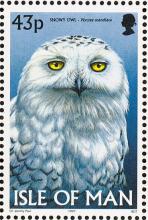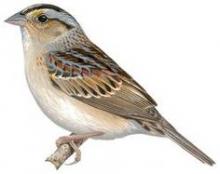The impact of insecticides on shrimp aquaculture in north eastern Australia
The use of pyrethroid and neonicotinoid insecticides has increased in Australia over the last decade, and as a consequence, increased concentrations of the neonicotinoid insecticide imidacloprid have been measured in Australian rivers. Previous studies have shown that non-target crustaceans, including commercially important species, can be extremely sensitive to these pesticides.









